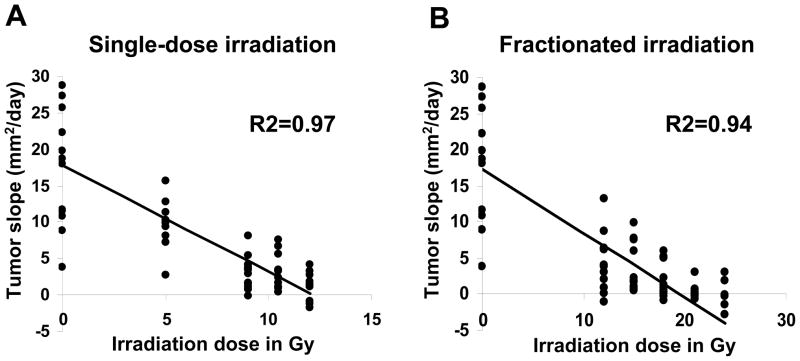Figure 2. Linear regression analysis of tumor treatment efficacy vs. the amount of preparative TBI.
Experiments were analyzed using linear regression analyses to study the relationship of radiation dose with tumor response. To perform the regression analysis, the tumor growth rates (mm2 d−1) were calculated then plotted against the amount of single-dose TBI administered or as the summed dose of fractionated TBI. Tumor response was elicited by using one million effector pmel-1 CD8+ T cells (P) transferred together with rhIL-2 (I) in tumor-bearing C57BL/6 mice which were either irradiated with (A) single-dose irradiation directly at the day of transfer or (B) fractionated doses divided equally over six doses given twice daily up to the amount indicated in the legend as described in Fig. 1. All animals received a syngeneic HSC transplant. Data are derived from two independently performed experiments. R2 values for linear regression of data sets in single-dose and fractionated radiation are shown.

